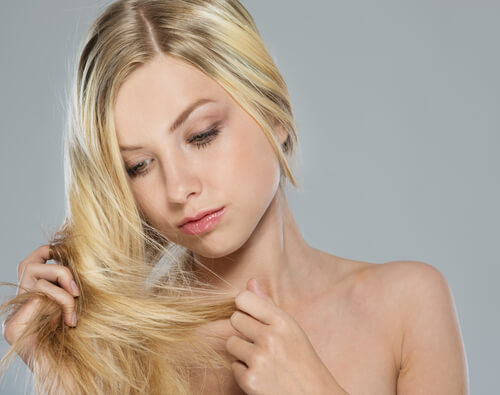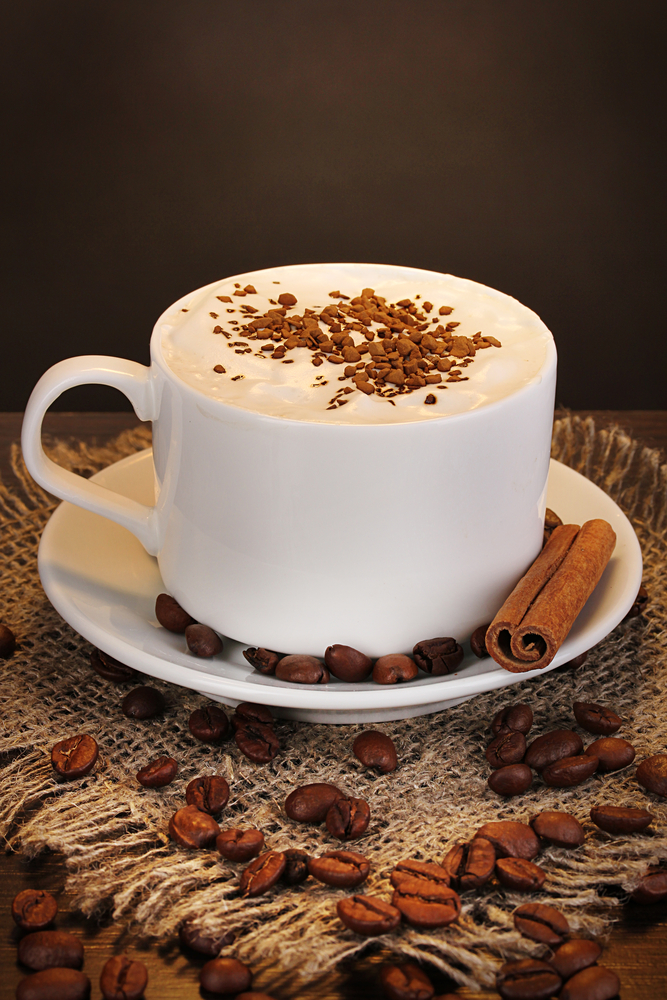
Trichotillomania as defined by A.D.A.M. Medical Encyclopedia as a hair pulling, impulsive control disorder where significant hair is lost, due to repeated urges to pull or twist the hair until it breaks off. The symptoms of this disorder usually appear around seventh and eighth grade, and before the age of 17. The conditions may be exacerbated during this time period because teens are trying to fit into social situations the best they can, have anxiety, or have feelings of excessive sadness. Most people living with trichotillomania are unable to stop the hair pulling behavior, even as their hair becomes thinner or stops growing. Some psychotherapists say that physiotherapy may be beneficial for people living with trichotillomania, but science has yet to find a complete cure.
Women are four times more likely to have trichotillomania than men are. Around 4% of the human population suffers from this hair pulling disorder and the causes are not clearly understood. People with trichotillomania may choose to pluck, tweeze, or pull hairs in different areas where hair grows, such as legs, arms, underarms, hair, eyebrows, eyelashes or any other part of the body.
Bare patches or all around (diffuse) loss of hair, bowel blockage (obstruction) if people eat the hair they pull out, compulsive or constant tugging, pulling, or twisting of hair, the denying of hair pulling, hair regrowth that feels like stubble in the bare spots, other self-injury behaviors, and a sense of relief, pleasure, or gratification after the hair pulling.
Not surprisingly, there has been a fair amount of scientific research done on whether diet and types of foods exacerbate or relieve compulsive disorder symptoms such as trichotillomania. Though more large scale studies still need to be completed, so far, there are promising results on the food and behavior correlation. People who have charted their diet and pulling behavior (on the whole) reveals that over 70% are able to reduce the physical urges of trichotillomania.
Trichotillomania.co.uk has a wonderful support system and behavioral therapy coaching that treats each person living with the disorder as just that, an individual. Because each person reacts to foods differently, each person must be treated specially. The usual culprits that make symptoms of hair pulling and compulsive pulling are typically sugar, caffeine and alcohol. Controlling and logging a person’s diet and lifestyle Diet alone is most successful with children, but adults can benefit just the same with forms of behavioral therapy. 
The support team suggests people with trichotillomania to “test the effects of a food, such as sugar or glucose on your urges by first eliminating them from your diet for three months before introducing them back, on one day per week only, for a further four weeks. Keep notes to observe patterns. In our experience the majority of trichsters do not recognize food-related urges to pull hair out, because they don't eliminate foods for long enough and/or keep adequate records.”
National Institute of Health, Mayo Institute, trich.org, webmd.com, Fred Penzel’s book, The Hair-Pulling Problem: A Complete Guide to Trichotillomania and Grant, Stein, Woods and Keuthen’s book: Trichotillomania, Skin Picking, and Other Body-Focused Repetitive Behaviors available at Amazon.com
